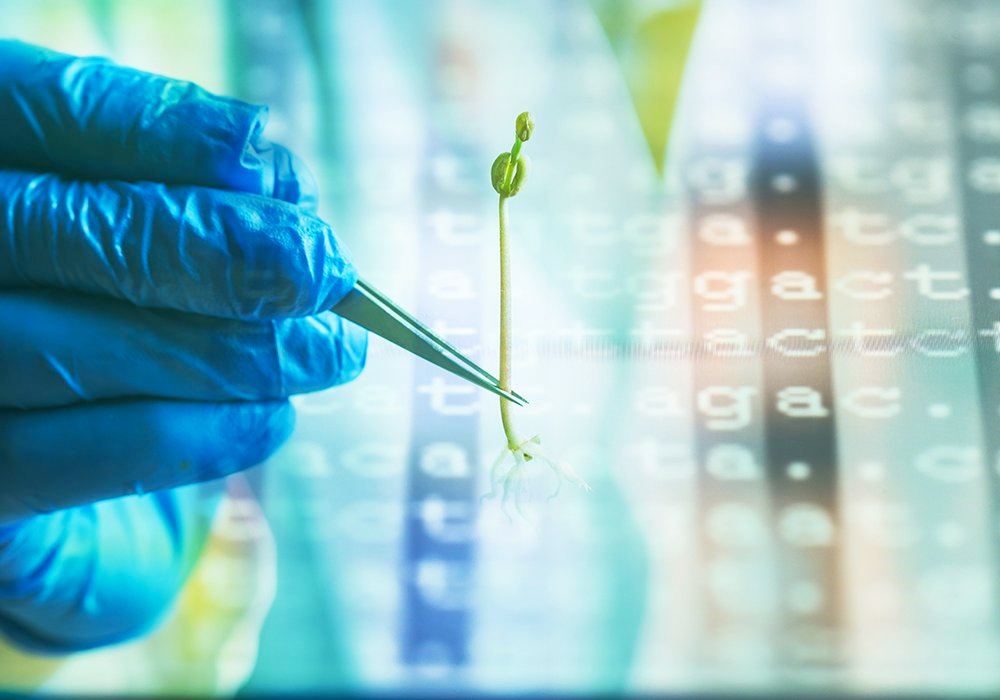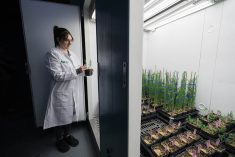Researchers turn detective as they hunt down genetic answers in attempt to increase yields and protein levels
Scientists continue to pry apart the complex genetic code of wheat, looking for secrets to boost the crop’s yield and protein.
Two just-published academic papers reveal the sleuthing crop scientists have employed to discover how rare genes that affect the wheat plant’s kernel-producing spikelets can improve results.
One of the challenges of understanding wheat genetics is that the plant is hexaploid, that is, it contains three sets of chromosomes from its ancestors. Most plants are diploid, with just a single set.
One research team, from Oklahoma State University, found a gene called TaCol-B5 in wild Mexican wheat. When transferred into a domestic variety and overexpressed, it caused the plant to produce more tillers, or additional stems off the main one, plus more spikelets. This boosted yield by 12 percent in field trials in China.
Read Also

August rain welcome, but offered limited relief
Increased precipitation in August aids farmers prior to harvest in southern prairies of Canada.
“The TaCol-B5 gene… increases the number of spikelets (a group of seed-producing flowers) on a wheat spike by more than three, which is significant when the spikes on a wheat plant usually only totals about 15 to 25 spikelets,” the OSU researchers wrote in their research article published in the journal Nature.
“The gene was also able to increase the number of fertile tillers… per plant.”
Another team of wheat researchers, from the University of Adelaide in Australia and John Innes Centre in Britain, isolated yield and protein-boosting genetics that also involve spikelets.
The researchers found a mutation in a gene called HB-2. When its associated microRNA, which carries out the instructions from the gene, acted on the mutant, it caused paired spikelets associated with production of grain with more protein.
The researchers were able to increase protein by up to 25 percent compared to wild type wheat.
“The identification of these HB-2 alleles emphasizes an emerging theme of breeding, where mutations that disrupt microRNA-mediated regulation of developmental genes can help improve yield-related traits of cereals,” the researchers wrote in their article in the journal Science Advances.
Wheat breeding employing genetic analysis is difficult due to the plant’s complex genetic structure. It is far more challenging than many other crops to understand and manipulate through genetics-based breeding so it has lagged far behind other commercial crops in seeing significant gains to yield and quality.
As researchers around the globe hack wheat’s genetic Gordian knot, important and promising strands are being isolated and the knowledge is being taken to variety developers. That’s what is happening with spikelet-increasing genetics.
“These findings enhance our understanding of genes that control wheat inflorescence development and introduce an approach to improve the nutritional quality of grain,” wrote the Australian-British team.
For wheat growers, yield and protein gains are a good thing. For humanity, wheat’s critical role in providing its daily bread makes improved production a vital concern.
“Bread wheat is a globally important cereal, producing grain that accounts for around 20 percent of the protein and calories consumed worldwide,” they write.
















